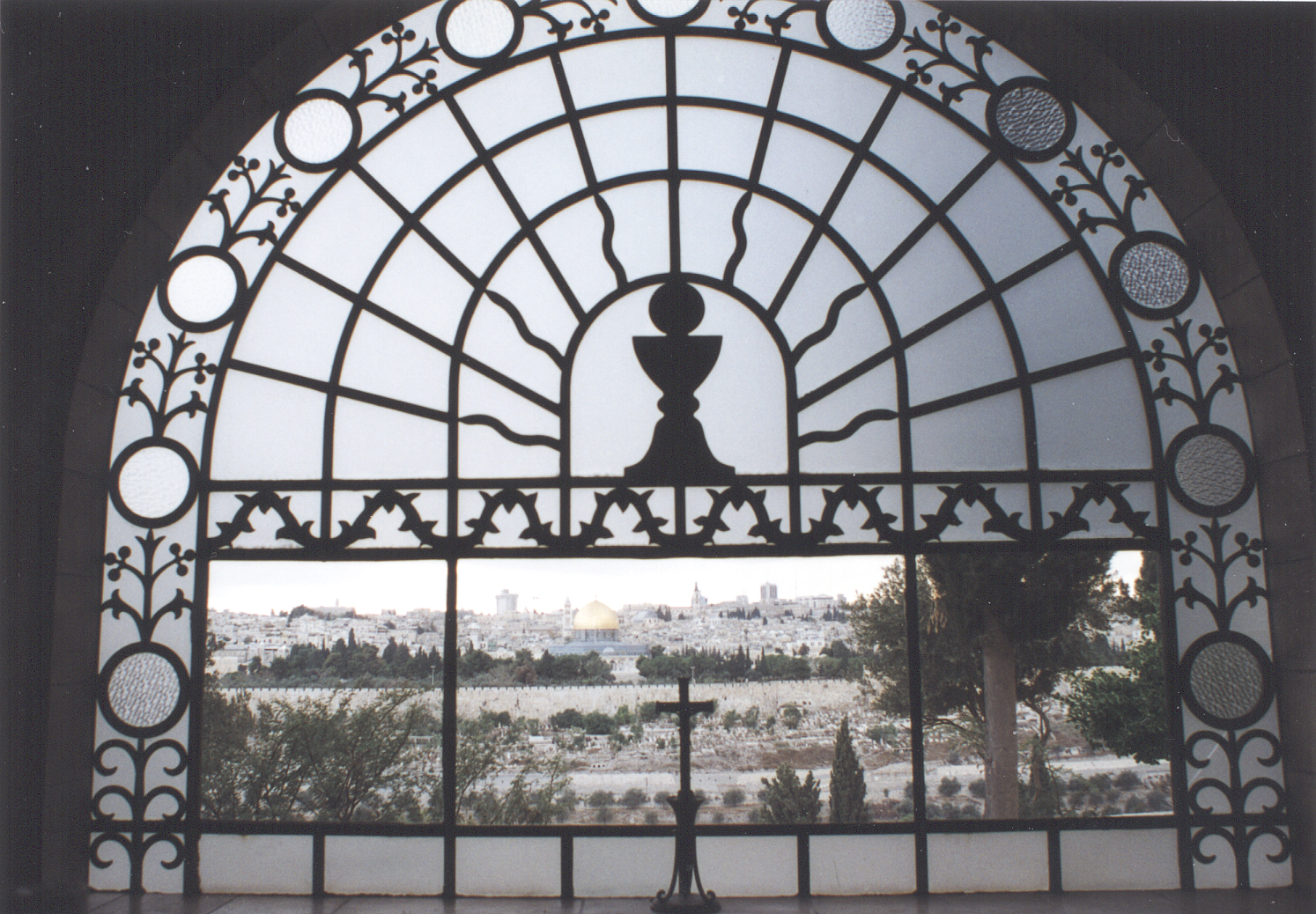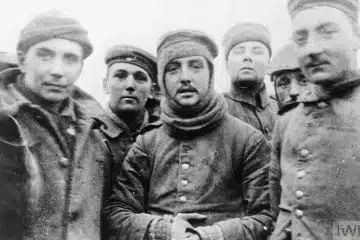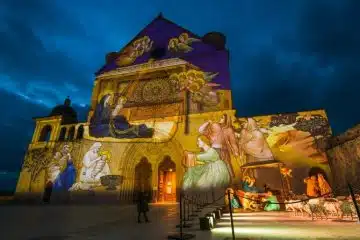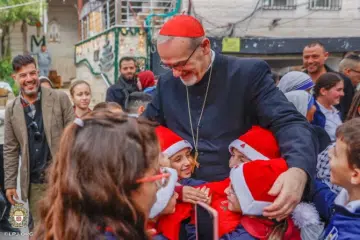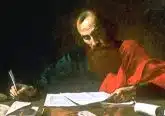The Redemption of the Body

Note: This article is part of an ongoing series on Pope St. John Paul II’s “Theology of the Body.”
As I have previously discussed, Pope St. John Paul II structured his meditations on the human person in Theology of the Body as a triptych—a threefold vision of “original man,” “historical man,” and “eschatological man.” Viewing the human person through the lens of these three dimensions helps us attain an “integral vision of man” (TOB 23:3). Before going on to the final part of TOB, let us reflect with the saintly pope on the “redemption of the body,” a key concept he uses to complete his triptych.
The term “redemption of the body” comes from a fascinating passage in the eighth chapter of St. Paul’s letter to the Romans in which he links the fate of the entire cosmos with the fate of the human body. Because of the sin of our first parents, all of creation experiences suffering and struggles to attain the glory for which it was created. Indeed, “The whole visible creation, the whole cosmos, carries the effects of man’s sin” (TOB 86:1). St. Paul captures this reality by saying that through sin “creation was subjected to futility” (Rom. 8:20a), yet longs to be set free, restored, and glorified. St. Paul uses the poignant imagery of childbirth to capture this urgent longing: “We know that the whole creation has been groaning with labor pains together until now” (Rom. 8:22).
What exactly is the new reality the whole cosmos is longing to see? St. Paul gives the answer: “Creation waits with eager longing for the revealing of the sons of God” (Rom. 8:19). The apostle refers here to human nature being perfected by the power of God’s grace in the resurrection of the body. He is also reflecting on how man is the culmination of visible creation. We uniquely unite within ourselves the visible, material dimension of creation and the spiritual, personal dimension. In addition, all material creation is entrusted to humanity to govern, nurture, and perfect (Gen. 1:28). Thus, the fate of the cosmos is intimately tied to the fate of man who stands as its head and exemplar. The fathers of the Second Vatican Council wrote of this connection:
“Though made of body and soul, man is one. Through his bodily composition he gathers to himself the elements of the material world; thus they reach their crown through him, and through him raise their voice in free praise of the Creator. For this reason man is not allowed to despise his bodily life, rather he is obliged to regard his body as good and honorable since God has created it and will raise it up on the last day” (Gaudium et Spes, no. 14).
Because of the intimate link between man and the cosmos, creation cannot be healed and glorified until humanity is. This will occur in the resurrection of the body and the new creation. This is the end which we all long for—whether knowingly or not—and with us, the entire cosmos. Only then will the work of Jesus’ redemption be complete, even down to the last details of our bodies and all aspects of creation. All will be made new and perfected with the glory of the sons of God.
In view of that end to which we are being led by the work of the Holy Spirit, St. Paul tells us the sufferings of this life are a mere trifle. He said, “I consider that the sufferings of this present time are not worth comparing with the glory that is to be revealed to us” when “creation itself will be set free from its bondage to corruption and obtain the freedom of the glory of the children of God … and not only the creation, but we ourselves, who have the first fruits of the Spirit, groan inwardly as we wait for adoption as sons, the redemption of our bodies. For in this hope we were saved” (Rom. 8:18,21,23-24a).
With this understanding of “redemption of the body” in mind, next time, we will explore further how Pope St. John Paul II used this concept to conclude his reflections on the human person.
 Dr. Andrew Sodergren, [email protected], is a Catholic psychologist and director of psychological services for Ruah Woods. He speaks on the integration of psychology and the Catholic faith. He and his wife, Ellie, have five children.
Dr. Andrew Sodergren, [email protected], is a Catholic psychologist and director of psychological services for Ruah Woods. He speaks on the integration of psychology and the Catholic faith. He and his wife, Ellie, have five children.
This article appeared in the August 2025 edition of The Catholic Telegraph Magazine. For your complimentary subscription, click here.




